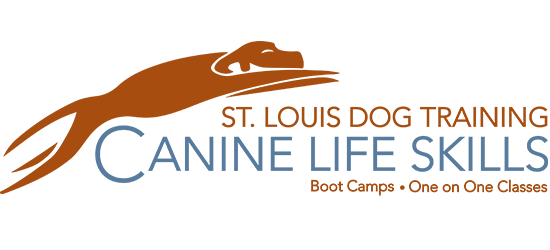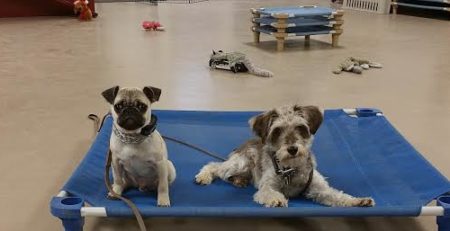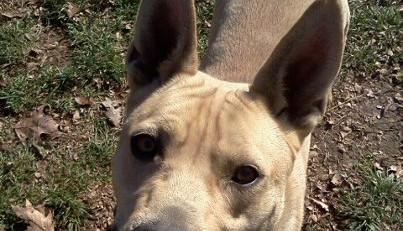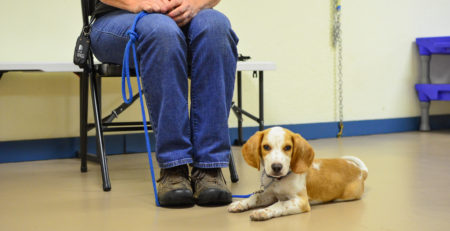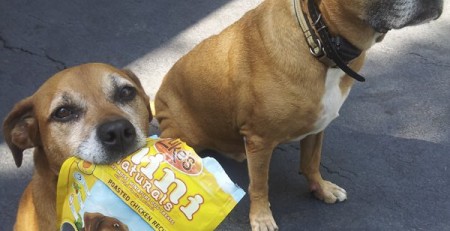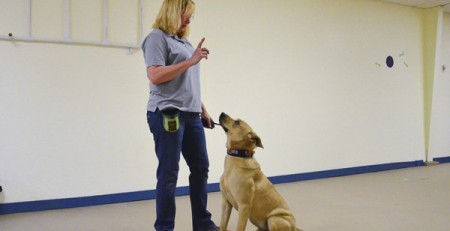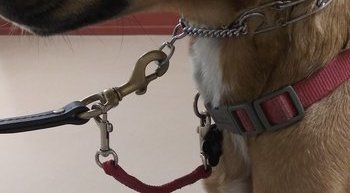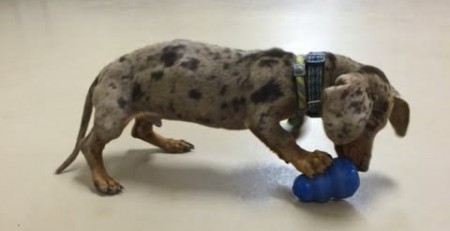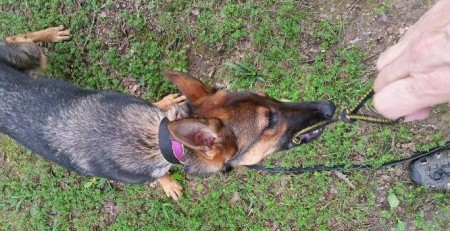The Proper Use Of Your Dog Training Tools
Get to know the dog training tools we use. Each dog is different so we like to have options. We use all the training tools below but not on every dog. Dogs trained with us will go home with the option that works best for the dog and owner.
Headhalters can take some time for a dog to acclimate to the feel and pressure on the muzzle but once the dog has settled into the headhalter it can be used to guide a dog into heel position and keep him there. Care should be taken to avoid harm to the dog’s neck by not forcing the dog’s head sideways or downward into an unnatural position.
muzzle but once the dog has settled into the headhalter it can be used to guide a dog into heel position and keep him there. Care should be taken to avoid harm to the dog’s neck by not forcing the dog’s head sideways or downward into an unnatural position.
To use this type of dog training tool properly, you should have the dog next to your left leg in heel position and hold the leash so the dog has just enough slack to walk by your side. Any forging ahead should be met with a slight twist of the wrist or slight tug backward. Never give a hard leash correction with a headhalter!

Pinch/Prong collars are a metal collar with angled prongs that add pressure evenly around the dogs neck when fitted correctly. We use these to introduce the first phases of pressure and release to the dog. While your dog is distracted, step back until the leash is taut and keep pressure on until your dog moves around and puts slack on the leash. For sit, apply upward pressure and lure with a treat or tuck the hind end into a sit.
Choke chain collars need to be fitted so they can release their grip and not sit tightly on the dog’s neck. With your dog facing you, make the collar into a circle and let  out some slack on one end. Put the collar on the dog when the collar is in the shape of a “P”. This will allow the collar to loosen quickly after a correction. If the collar is put on in the “q” shape, it will tighten and remain tight. A properly fit choke collar will only have 3 or 4 inches of extra chain extending after placement on the dog’s neck.
out some slack on one end. Put the collar on the dog when the collar is in the shape of a “P”. This will allow the collar to loosen quickly after a correction. If the collar is put on in the “q” shape, it will tighten and remain tight. A properly fit choke collar will only have 3 or 4 inches of extra chain extending after placement on the dog’s neck.
Any less and there will not be enough slack for a correction. Any more you will have to make bigger movements to make a simple correction. As with the prong collar, never let the leash tighten. Correct by giving a quick pop and doing an about turn. Practice this routine any time the dog is out of heel position and soon enough your dog will be walking nicely on a loose leash.

The Transitional Leash is a slip lead that is twisted to fit over the dog’s muzzle similar to a headhalter. Unlike Gentle leaders and Haltis the Transitional leash controls from the back of the dogs head. It works by applying upward pressure until the dog sits calmly. With pressure on when the dog is aroused, pressure off when the dog is calm. It can also be used as a slip leash when needed.
